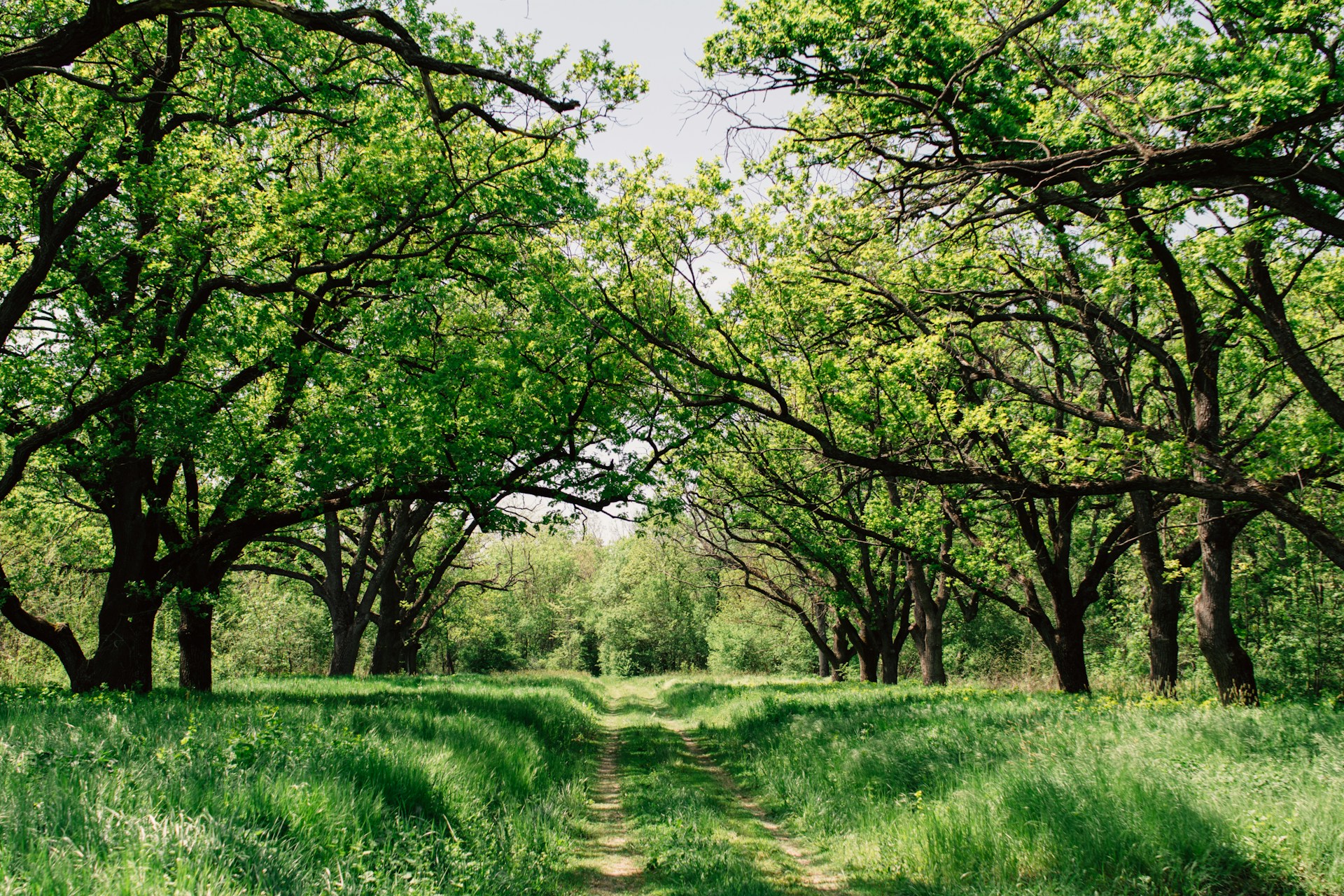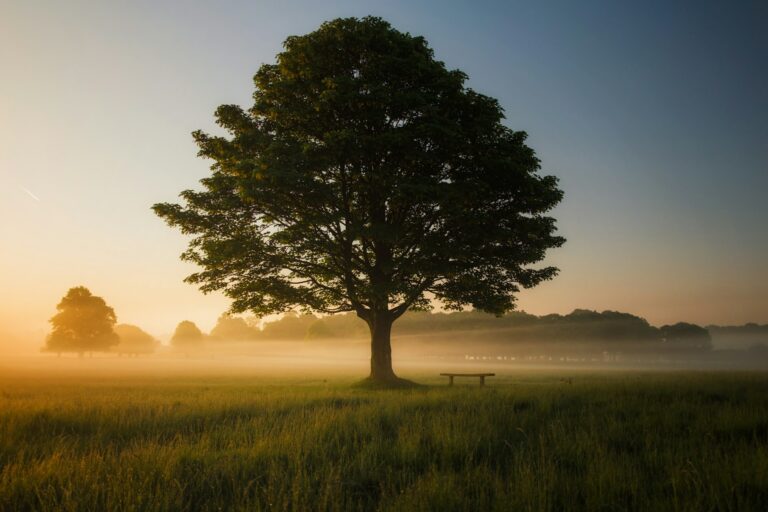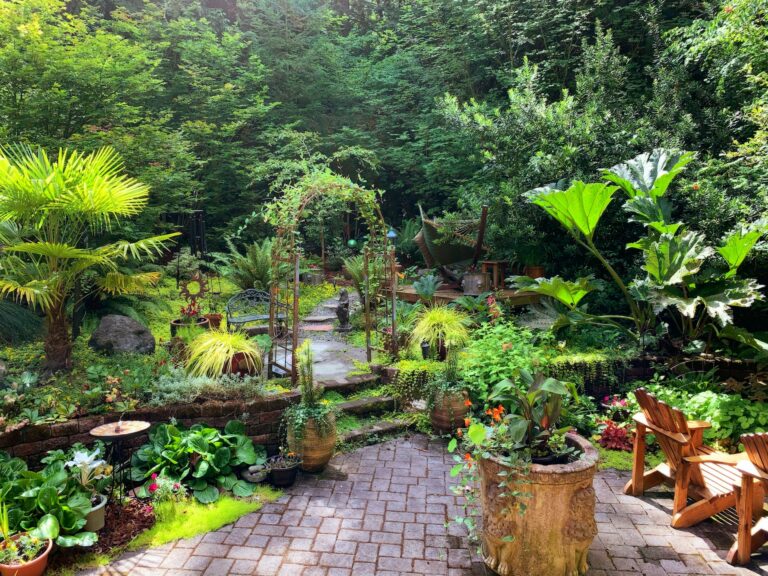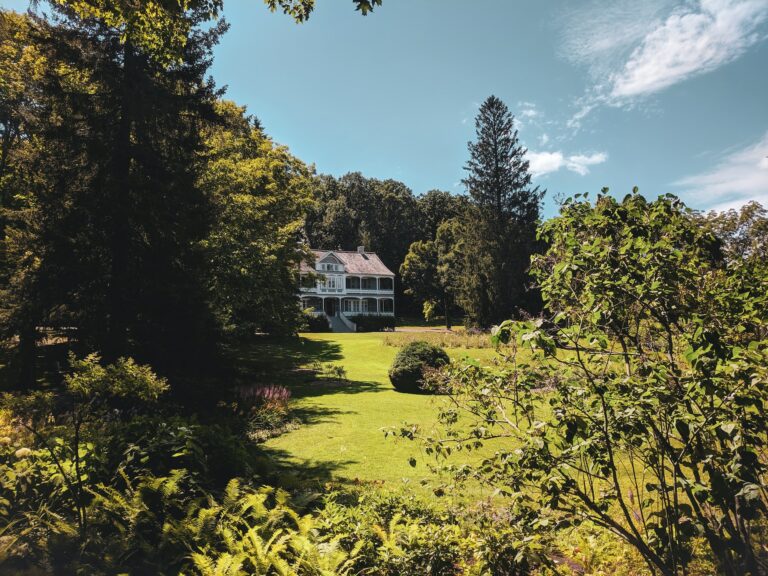10 Essential Tips to Keep Your Trees Healthy and Strong
A thriving, vibrant landscape depends on the health and vitality of the trees that inhabit it. However, many property owners may not be aware of the best practices to keep their trees strong and problem-free. If you’re seeking expert advice on maintaining and nurturing the well-being of your trees, you’ve come to the right place.
In this informative listicle, we’ll share ten essential tips designed to help you cultivate a flourishing, picturesque landscape that adds value and beauty to your property.
1. Proper Watering Techniques
Ensuring your trees receive the appropriate amount of water is critical for their overall health. Newly planted trees, in particular, require thorough and consistent watering to establish strong root systems. A good rule of thumb is to water young trees with about 5-10 gallons of water per week for the first 2-3 years of growth, depending on the species and climate. Mature trees generally need supplemental watering during periods of drought or extreme heat. Be mindful not to over-water, as this can lead to root rot and other issues. Monitor soil moisture regularly using a soil probe or your finger to check if additional watering is needed.
2. Choosing the Right Soil and Amendments
Healthy trees begin with healthy soil. When planting, choose well-draining soil that contains the proper nutrients for your specific tree species. In some cases, you may need to amend the existing soil with organic material (such as compost) or other elements (like lime or sulfur) to adjust the pH levels. Get your soil tested to determine its pH and nutrient content, so that you can make the necessary amendments to foster your trees’ growth. The USDA’s Natural Resources Conservation Service (NRCS) offers soil testing services; learn more at their website: https://www.nrcs.usda.gov
3. Providing Adequate Nutrients and Fertilization
Trees require essential nutrients like nitrogen, phosphorus, and potassium to grow strong and healthy. In some cases, the natural soil may not provide sufficient nutrients, necessitating the use of fertilizer. Utilize a slow-release fertilizer with an appropriate balance of nutrients for your tree species, and apply it according to the manufacturer’s recommendations. Be cautious not to over-fertilize, as excessive nutrients can damage your trees. Typically, applying fertilizer once a year in the fall should suffice for most trees, although requirements may vary depending on the species and soil conditions.
4. Regular Pruning for Structural and Health Purposes
Proper pruning promotes healthy tree structure, enables sunlight penetration, reduces disease risk, and prevents potential hazards. Prune your trees in the dormant season (preferably late winter) to avoid stimulating new growth that could be damaged by cold temperatures. When pruning, remove dead, damaged, or diseased branches first, followed by any crossing or rubbing branches. Prune to maintain a balanced canopy and use a sharp, clean tool to make clean cuts, thus minimizing the chances of infection.
5. Planting the Right Tree Species
Selecting trees native to your region ensures that they are well-adapted to local climate, soil conditions, and pests. Native trees typically require less maintenance, making them a more sustainable choice for your landscape. Research the specific requirements and growth patterns of different tree species before planting them to ensure they’ll thrive in your property’s unique conditions. Consult with a local nursery or arborist to determine the best species for your area.
6. Mulching to Retain Moisture and Protect the Root System
Mulching is a simple and effective method for maintaining soil moisture, regulating soil temperature, preventing weed growth, and protecting the tree’s root system. Apply a 2-4 inch layer of organic mulch (such as wood chips, shredded leaves, or pine straw) around the base of the tree—covering the root zone but allowing for a few inches of space between the mulch and the trunk to prevent moisture buildup and potential diseases. Replenish the mulch as it decomposes or gets displaced over time, and be sure not to create a “mulch volcano,” which can lead to numerous health issues for your tree.
7. Monitoring and Managing Pests and Diseases
Keep an eye out for signs of pests or diseases, which can include discolored foliage, holes or damage from insects, and fungal growth. Implementing proactive measures like proper watering, pruning, fertilization, and overall tree care will minimize the risk of diseases and pests. Consult a certified arborist if you suspect your trees are under attack. They can help diagnose, treat, and manage infestations to safeguard your trees’ health and longevity.
8. Protecting Trees from Bark Damage
Trees’ bark serves as a protective layer against external threats, diseases, and pests. Avoid unnecessary damage to the bark by refraining from attaching objects or signs to the tree, and be cautious when using lawn mowers or other equipment near the tree trunk. Bark damage can lead to the loss of a tree’s nutrient transport system, and it may provide an entry point for diseases or pests.
9. Encouraging Healthy Root Development
A strong root system is essential for a tree’s stability and nutrient absorption. Healthy root development begins with proper planting techniques, such as digging a wide hole to allow space for lateral growth and planting the tree at the appropriate depth. Avoid excessive watering, which can weaken the roots, and prevent soil compaction around the tree, which limits root growth by impeding essential air and water flow.
10. Planting Trees at the Right Time
Timing is crucial when planting new trees; planting during the best period for your region can set the stage for optimal tree health and growth. As a general guideline, plant deciduous trees in the fall, when temperatures are cooler and the tree is dormant. This ensures the tree’s energy is focused on root development before the growing season starts. Plant evergreen trees in early spring to establish their roots well before the heat of summer.
Your Trees in Expert Hands
Healthy trees are the backbone of a beautiful and thriving landscape. By following these ten essential tips, you can nurture the wellbeing of your trees and prevent common issues like diseases, pests, and structural problems. However, the complexities of tree care can be overwhelming and time-consuming for any property owner to navigate independently.
Trust Niwaki Tree Services to provide expert tree services tailored to the specific needs of your landscape. Our team of certified arborists is dedicated to ensuring your trees are safe, healthy, and well-maintained, enhancing the value and beauty of your property. Don’t wait—contact Niwaki Tree Services today for a consultation. Let our professional team help you create and maintain a magnificent landscape through exceptional tree care services tailored just for you.







